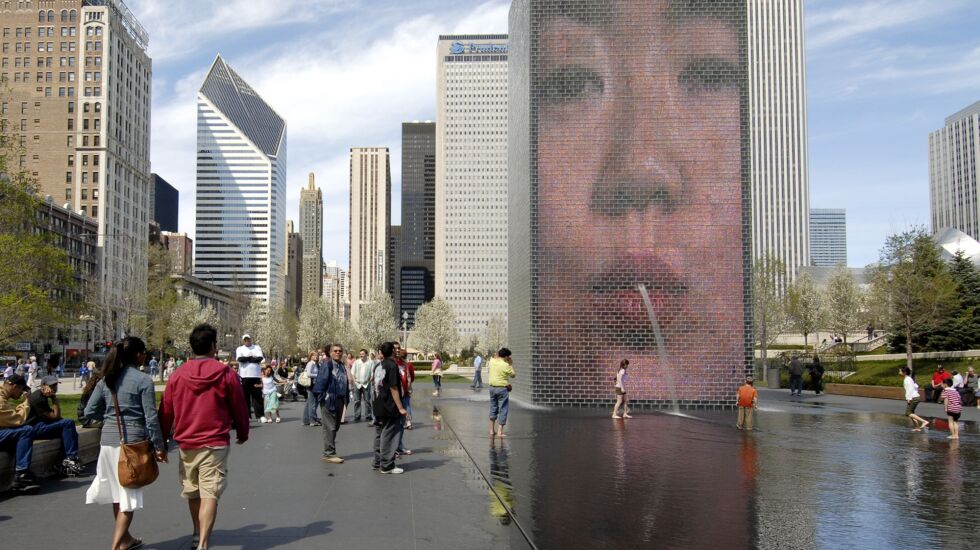
During one weekend last month, hundreds of young people gathered in downtown Chicago and chaos ensued. Two teens were shot, several videos of the vandalism, robberies and fights went viral. And the so-called “teen takeover” made headlines and served as fodder for social and political commentary both here at home and across the nation.
In the aftermath, youth advocates offered explanations for teens gathering downtown, and city officials announced plans for heightened security measures and expanded summer job opportunities as potential remedies. WBEZ analyzed data to offer a closer look.
Youth advocates pointed to the limited recreational options available for young people in their neighborhoods. A WBEZ analysis of active business licenses in Chicago found establishments that might be considered suitable for teens — like skating rinks, bowling alleys, arcades and escape rooms, among others — are licensed as “public places of amusement” or as children’s services facilities that provide “amusement devices for children.” Public places of amusement also include adult venues, such as some bars and nightclubs.
The vast majority of these businesses are located in the Loop or nearby communities. Most neighborhoods outside the city’s central business district include just a handful of these establishments and some, like the Englewood, Forest Glen and Mount Greenwood communities, have none.
While neighborhood parks could serve as outlets for teens to hang out, many young people no longer view parks as viable options. Some youth have told WBEZ that downtown has become a destination for them because they lacked suitable alternatives closer to home and they considered neighborhood parks too dangerous.
While reports of some types of crime on park property in Chicago have declined in recent years, a WBEZ analysis shows homicides have increased. There were 28 homicide victims on park property between 2020 and 2022, the most in any three-year span since the 1990s.
In addition, young people make up a larger share of homicide and nonfatal shooting victims on park property than they do among victims of those crimes in other parts of the city. Many of the public safety measures offered in the aftermath of last month’s downtown disturbances were focused on tighter security downtown. However, increased security at neighborhood parks could potentially make those spaces more accommodating for teens who want to hang out closer to home.
Mayor-elect Brandon Johnson has vowed to expand the city’s summer jobs program for young people. Academics and advocates have highlighted that such efforts sometimes miss youth who need work the most — young people of color, particularly Black youth, and those who are not enrolled in school. A WBEZ analysis shows the gap in employment between youth of different racial and ethnic groups widens among those who are not enrolled in school. Among Black youth in Chicago — between the ages of 16 and 24 — who are not enrolled in school, more than 55% are not working, according to a WBEZ analysis of census microdata provided by the University of Minnesota.
Alden Loury is the data projects editor for WBEZ.







